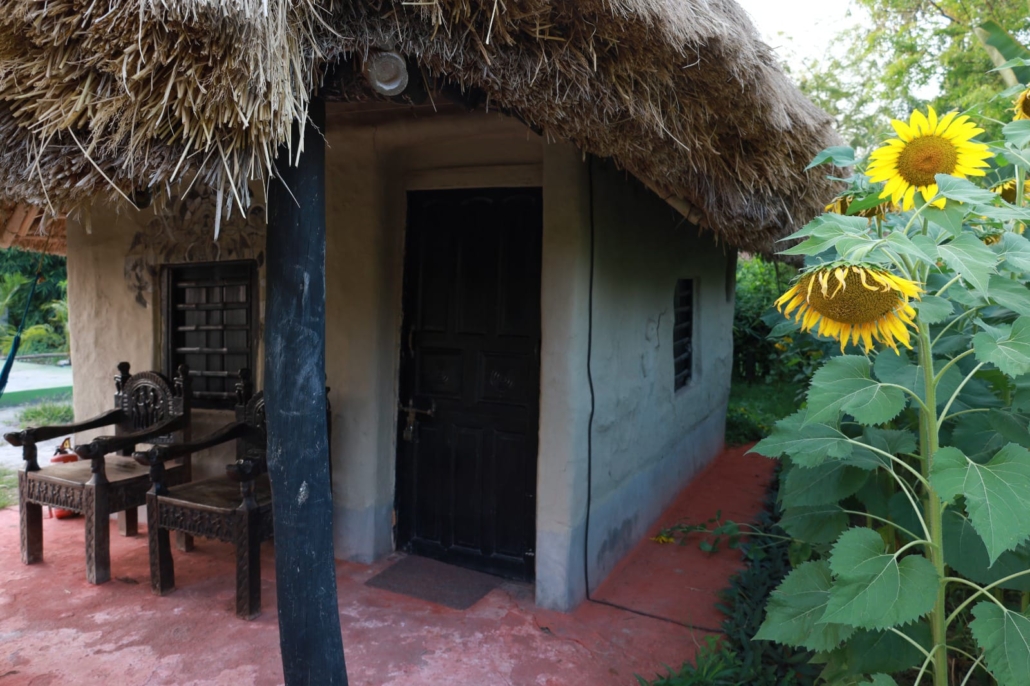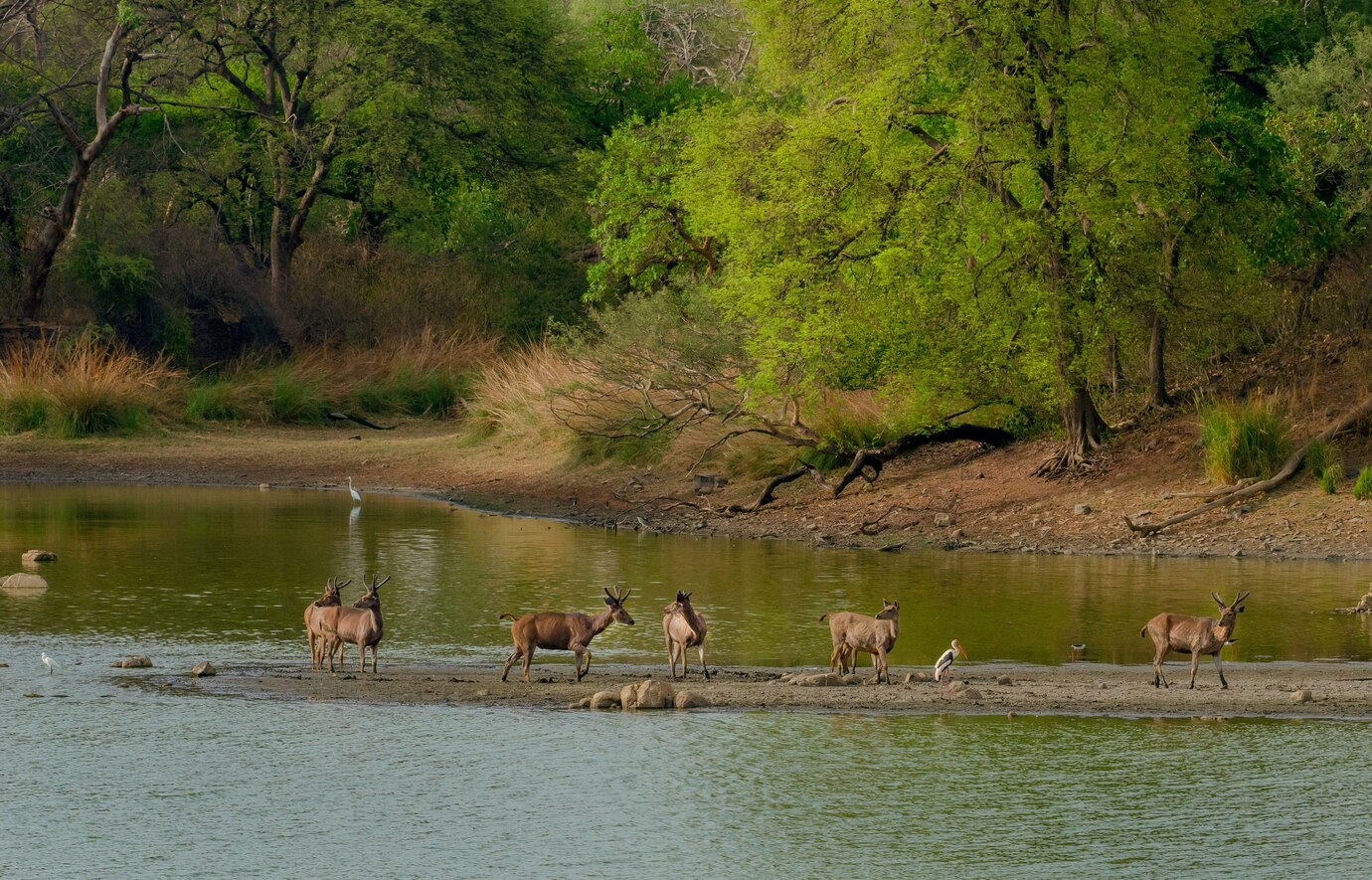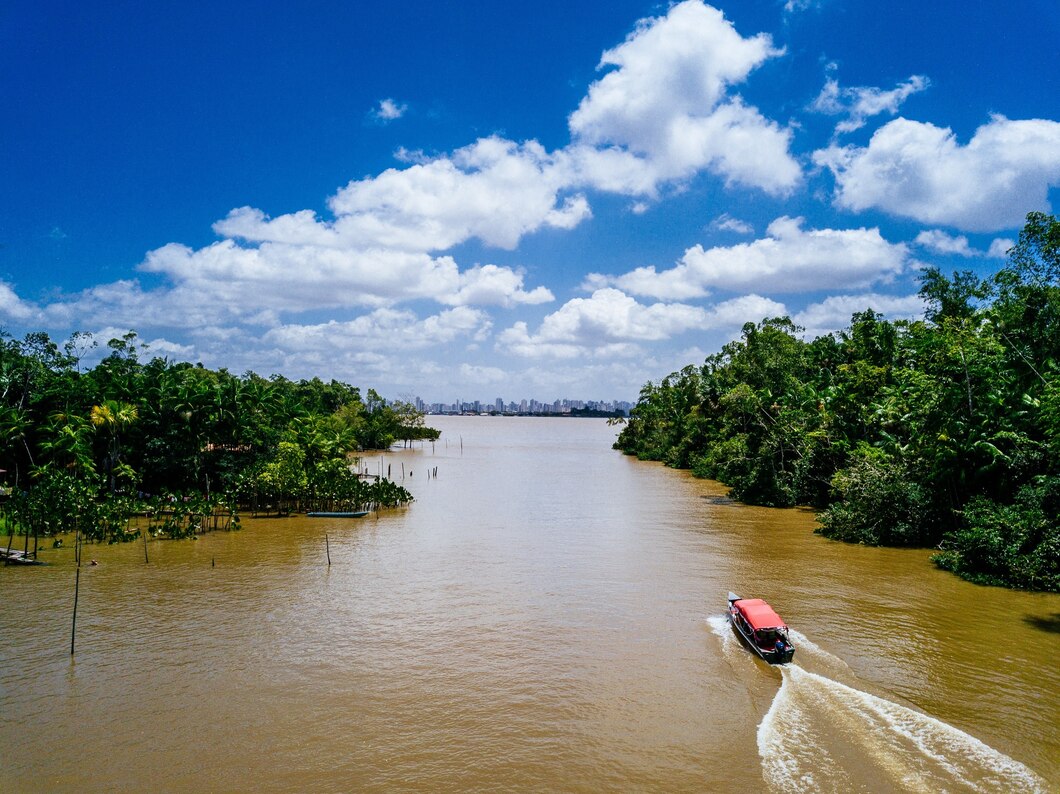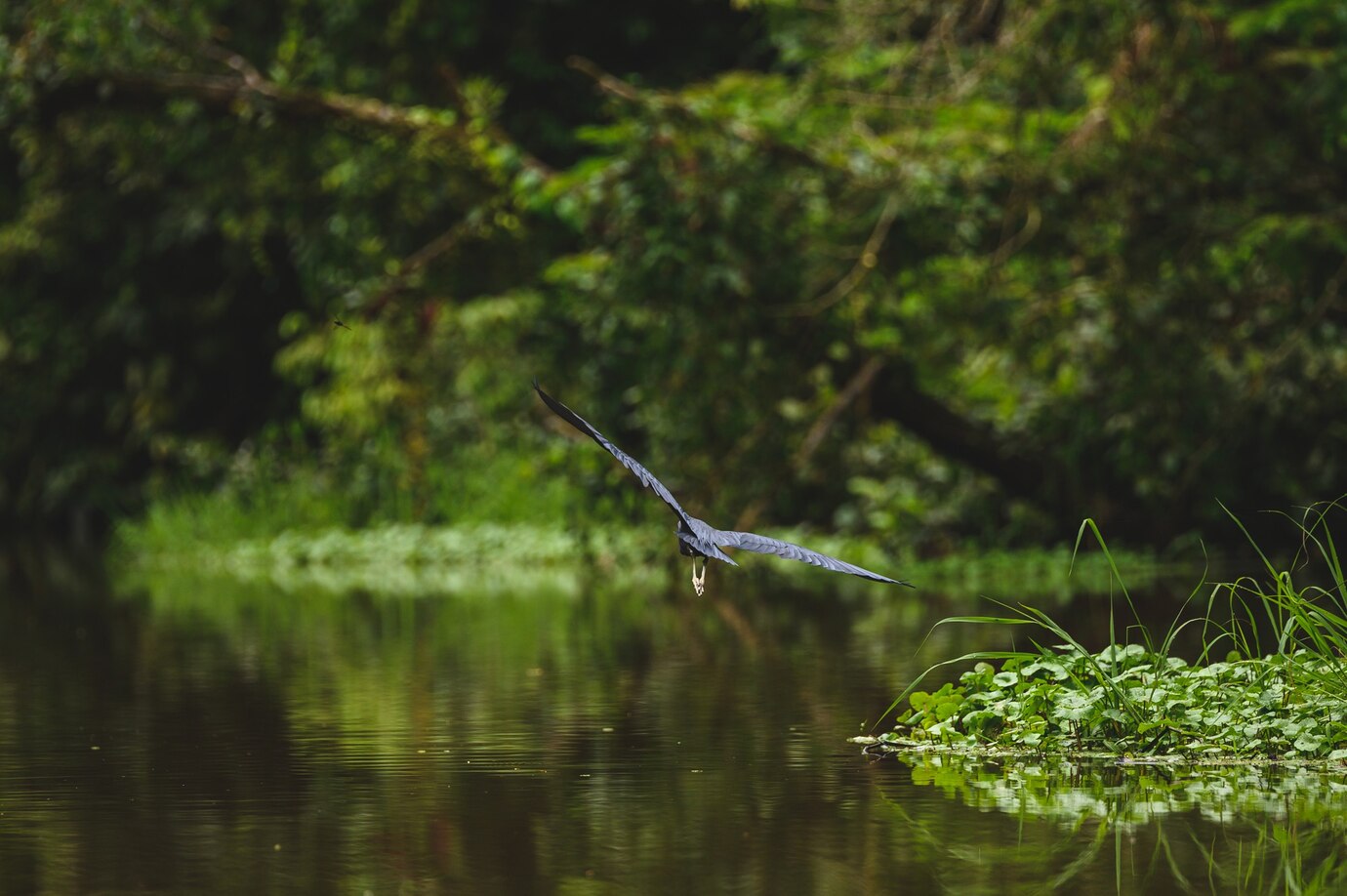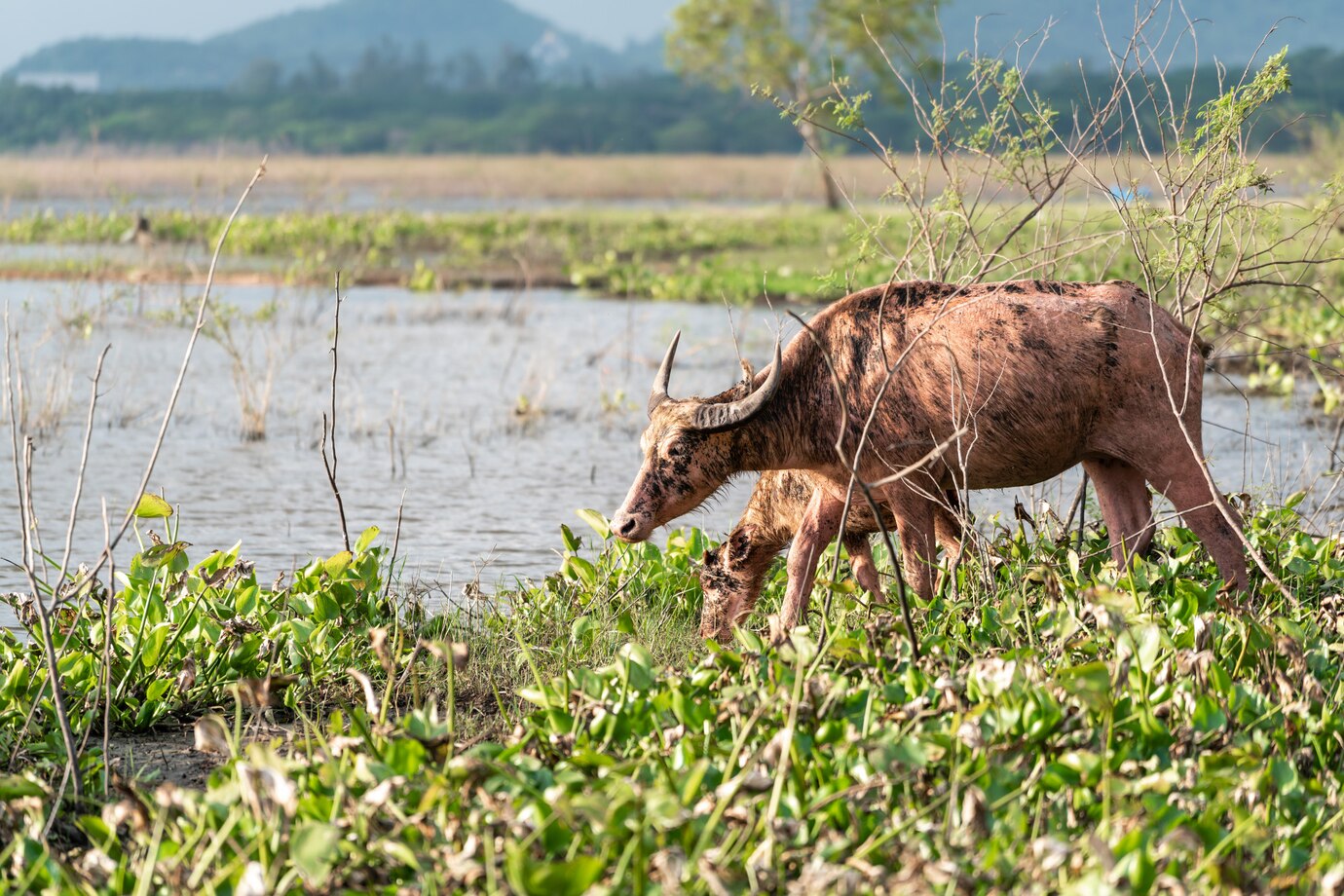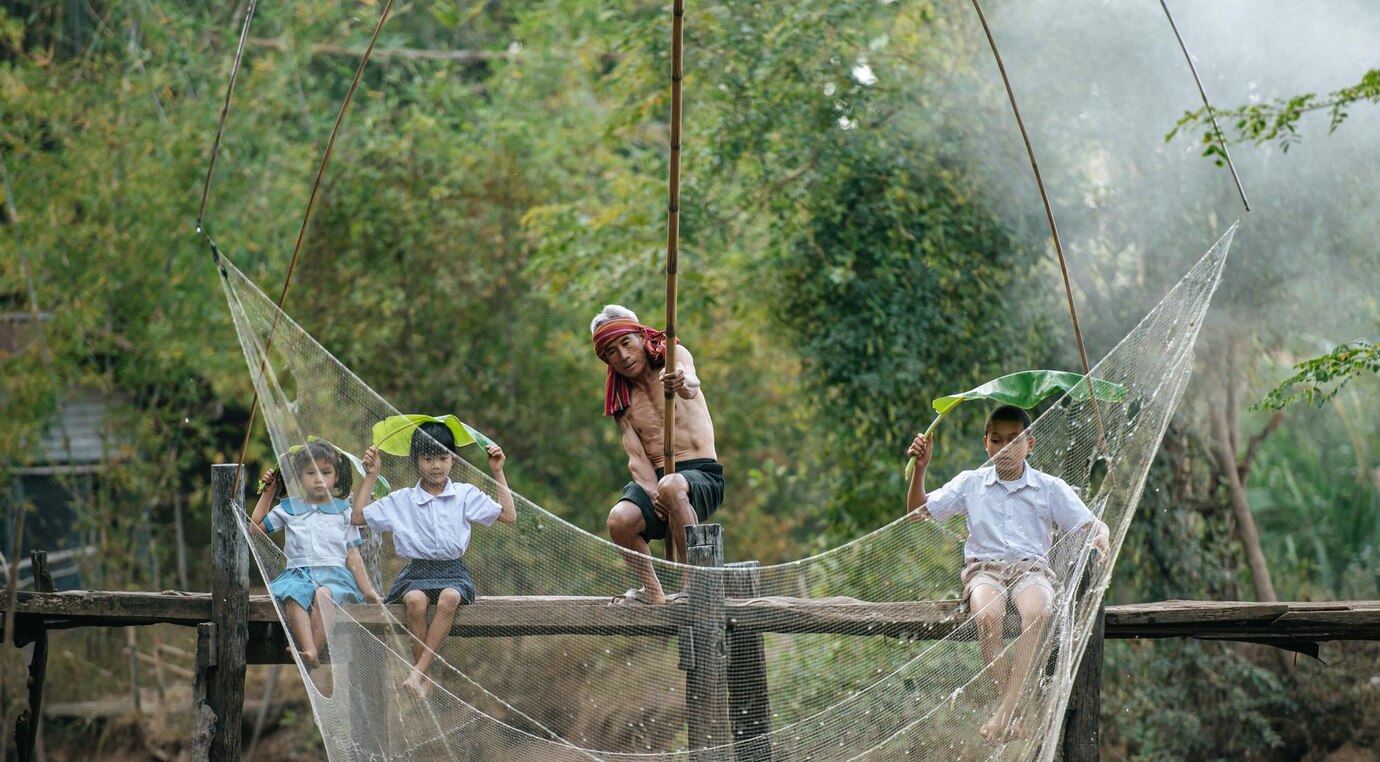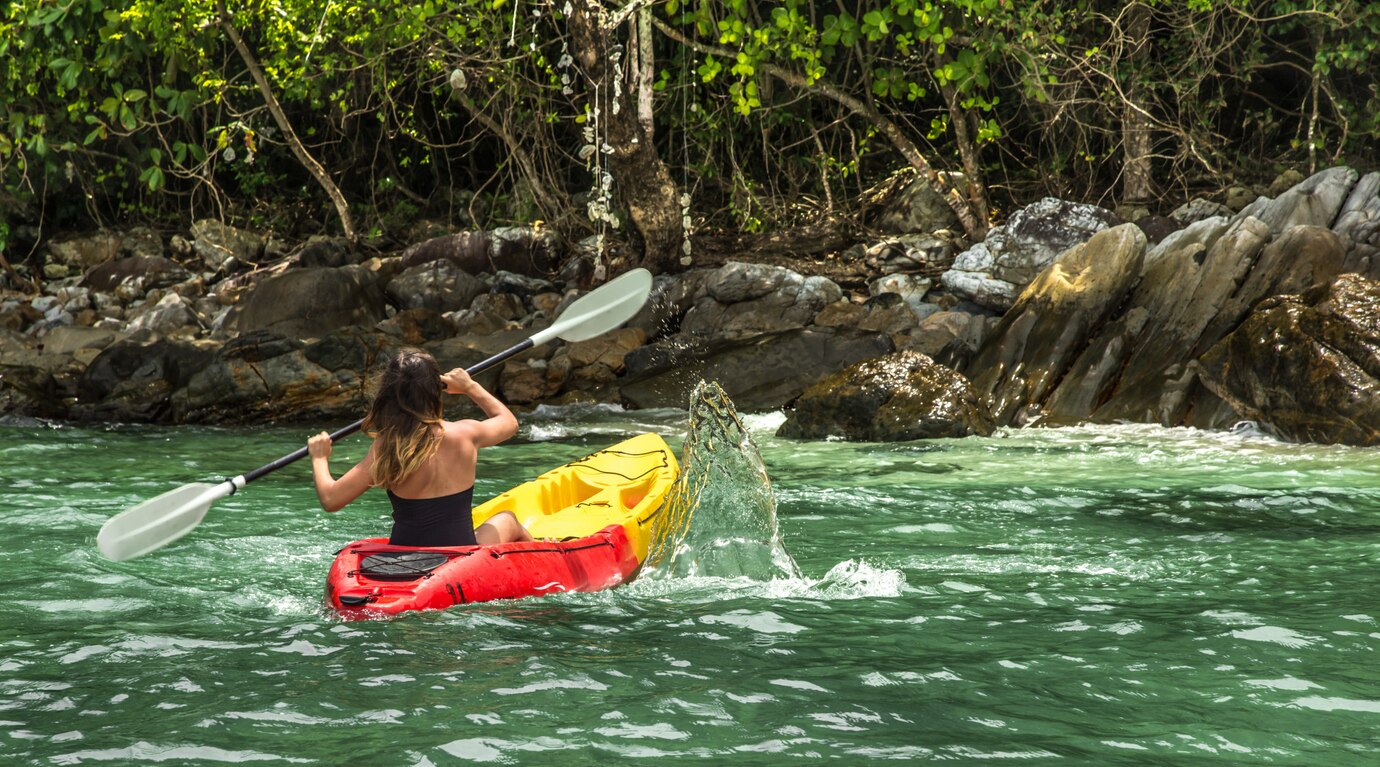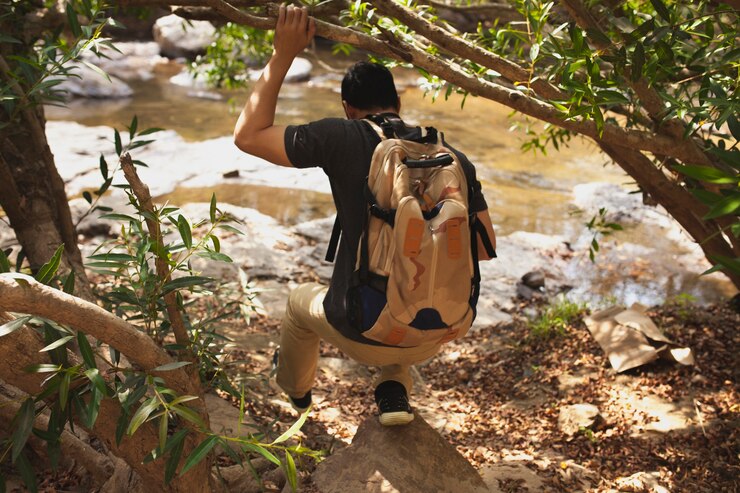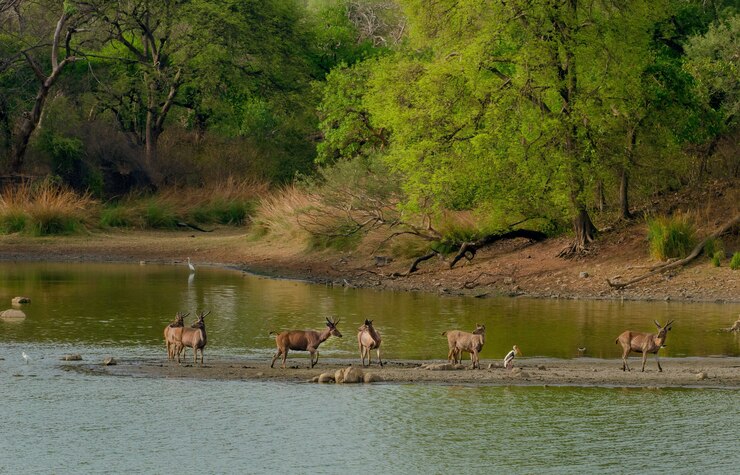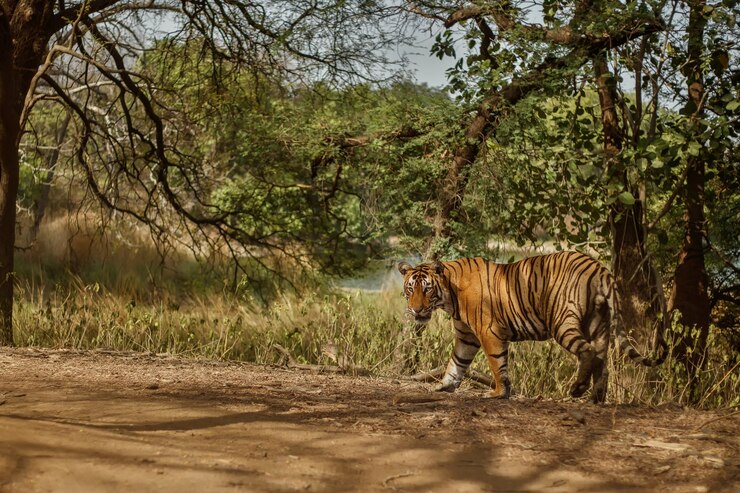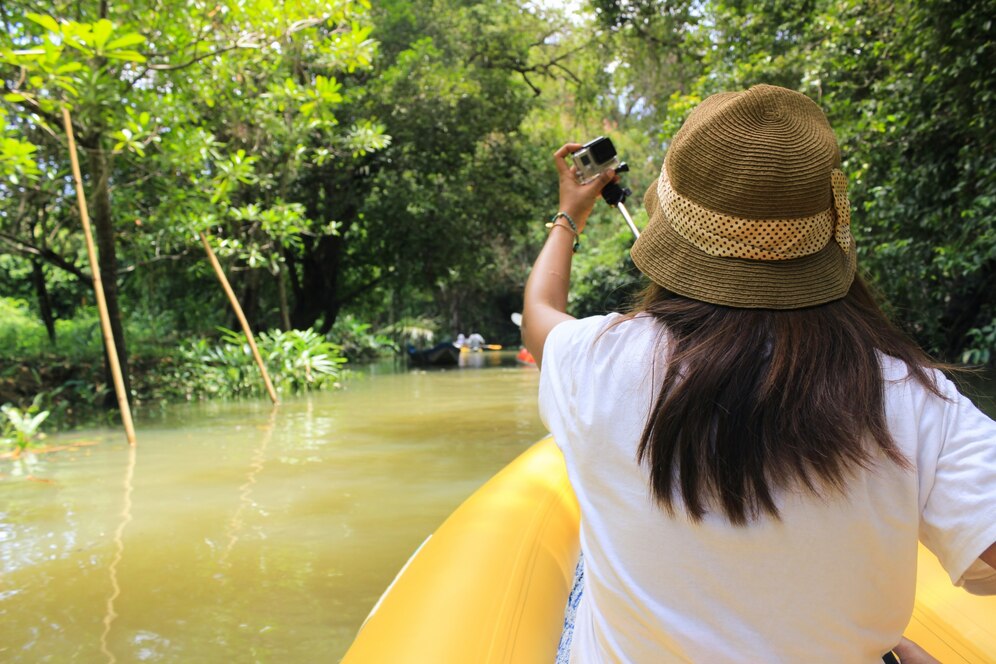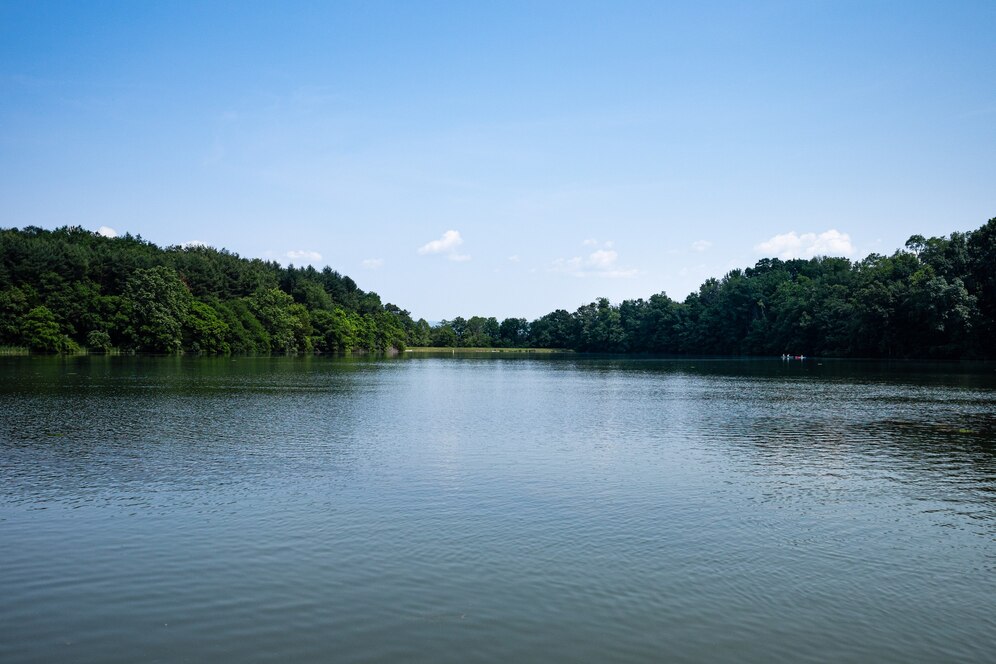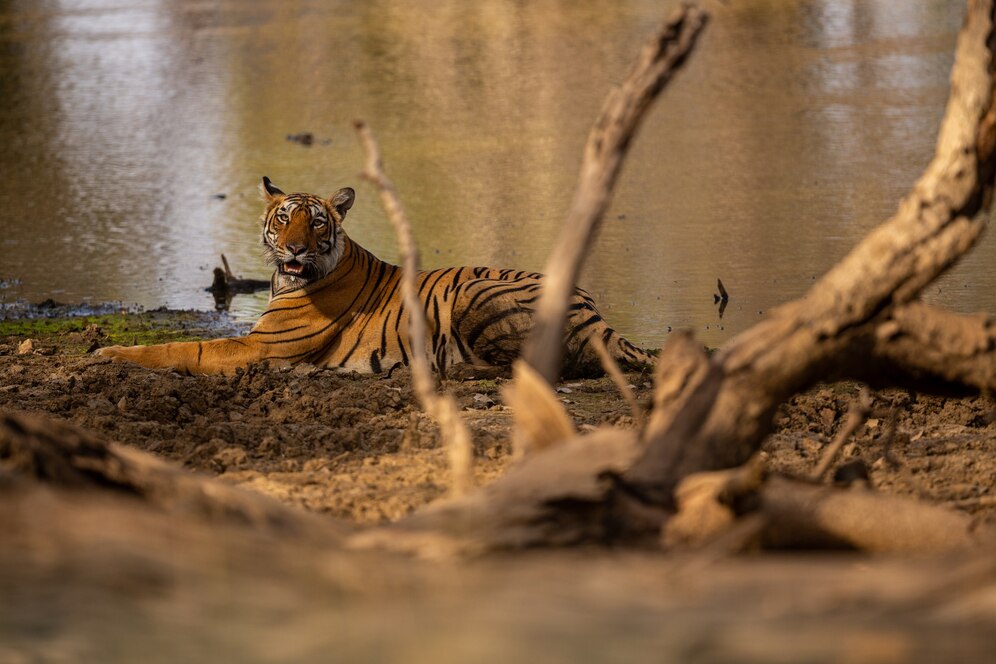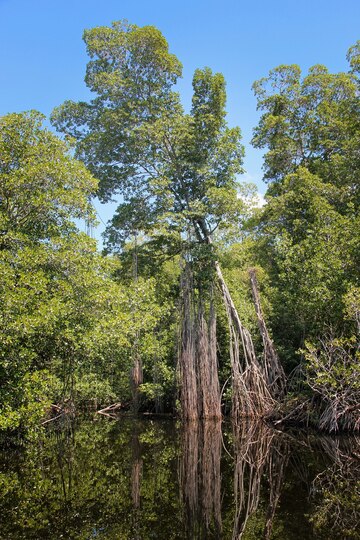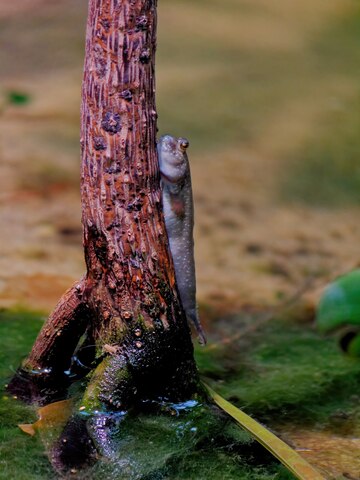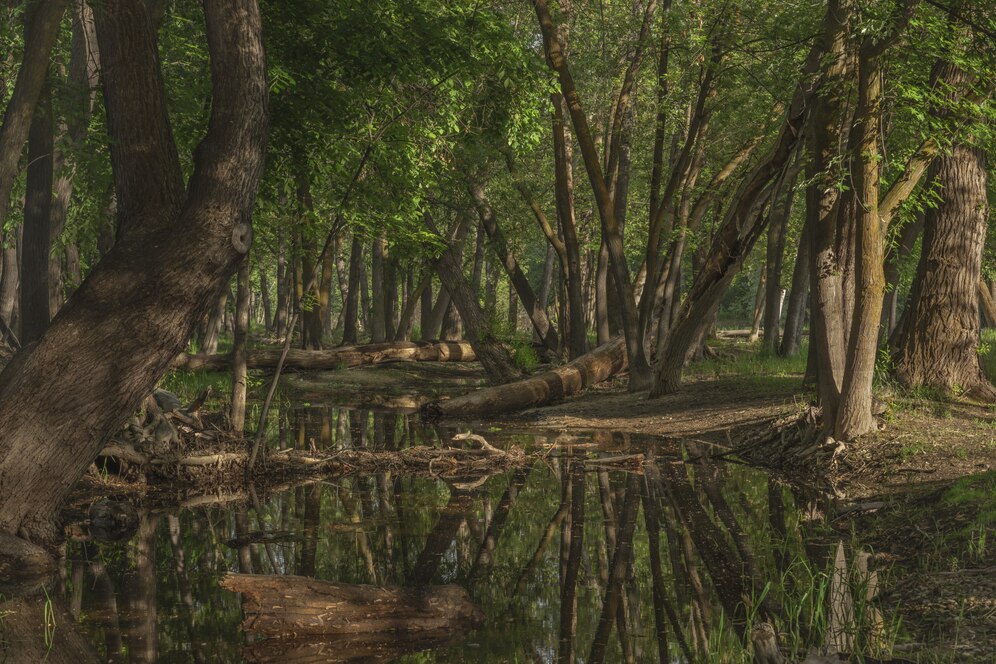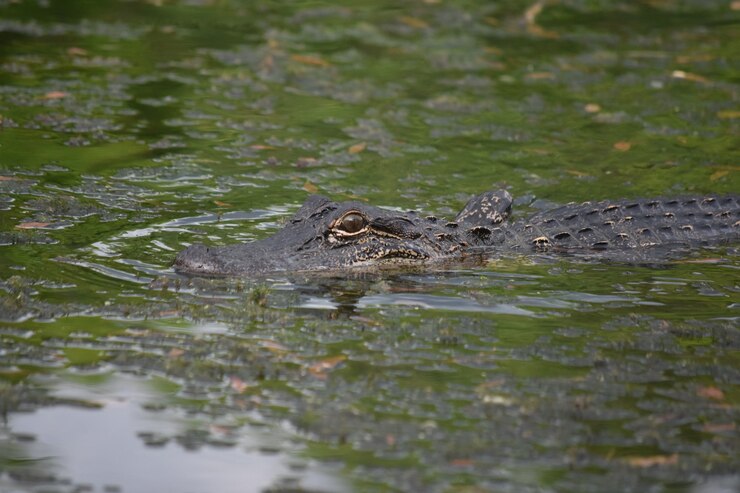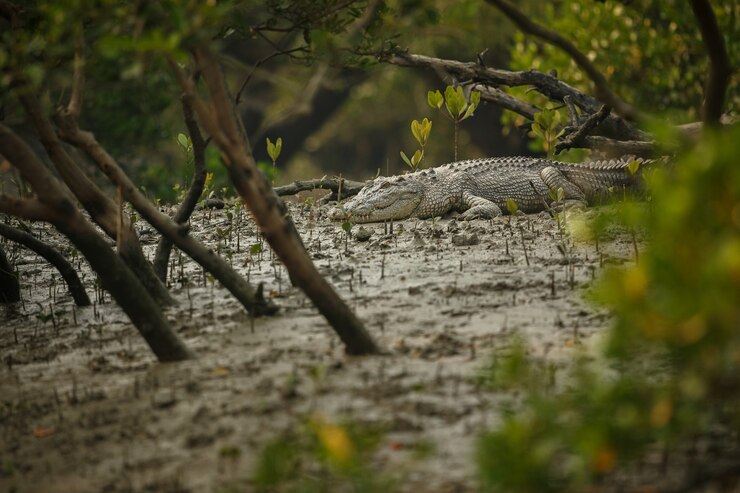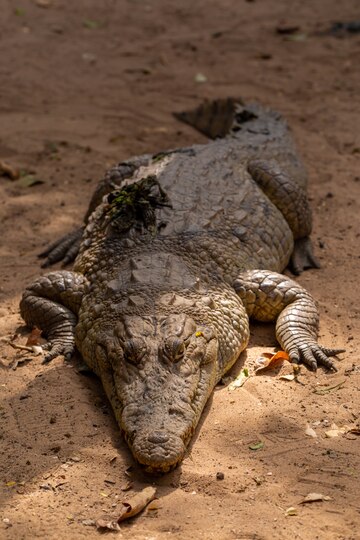Travellers’ paradise is the Sundarbans, the biggest mangrove forest in the world and a UNESCO World Heritage Site. A unique blend of adventure, wildlife, tranquilly, and local culture can be found in this captivating ecosystem, which is tucked away in West Bengal’s delta region and is home to the elusive Royal Bengal Tiger as well as innumerable other plant and animal species.
However, careful planning is necessary to enjoy the Sundarbans’ charm, beginning with selecting the best travel packages and local guides. This article explores how you can maximize your Sundarbans vacation by opting for the best Sundarban forest tour packages and working with knowledgeable local guides.
We’ll also highlight the benefits of smart Sundarban tour booking, the most scenic spots, and must-do activities that will make your trip exceptional.
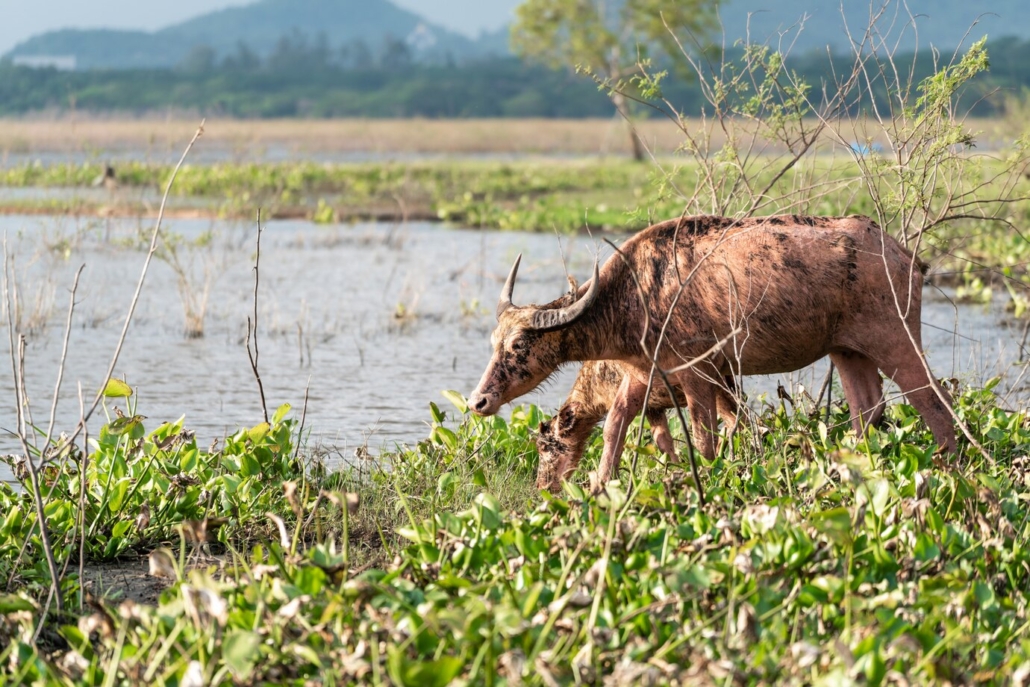
Why the Right Guide and Package Matter
Exploring the Sundarbans without the guidance of an experienced local is like reading only the title of a fascinating book. The terrain here is intricate dotted with winding rivers, dense mangroves, and unique tidal systems.
A seasoned local guide not only ensures your safety and navigation but also enriches your journey by sharing insider stories, ecological knowledge, and cultural nuances.
A well-curated Sundarban forest tour package typically includes:
Comfortable lodging with authentic local cuisine
River cruises through wildlife-rich zones
Visits to watchtowers like Sudhanyakhali and Sajnekhali
Cultural performances by local folk artists
Guided walks in buffer zones for birdwatching
The Numbers Behind the Experience
According to the Ministry of Tourism (India), the Sundarbans attract over 300,000 visitors annually, with a growing percentage opting for eco-tourism and guided experiences. A 2023 survey conducted by West Bengal Tourism revealed that 84% of tourists who booked guided Sundarban packages reported a more fulfilling and informative travel experience compared to those who ventured independently.
Additionally, eco-tourism in the Sundarbans has increased by 35% over the last five years, highlighting the growing interest in nature-focused, sustainable travel.
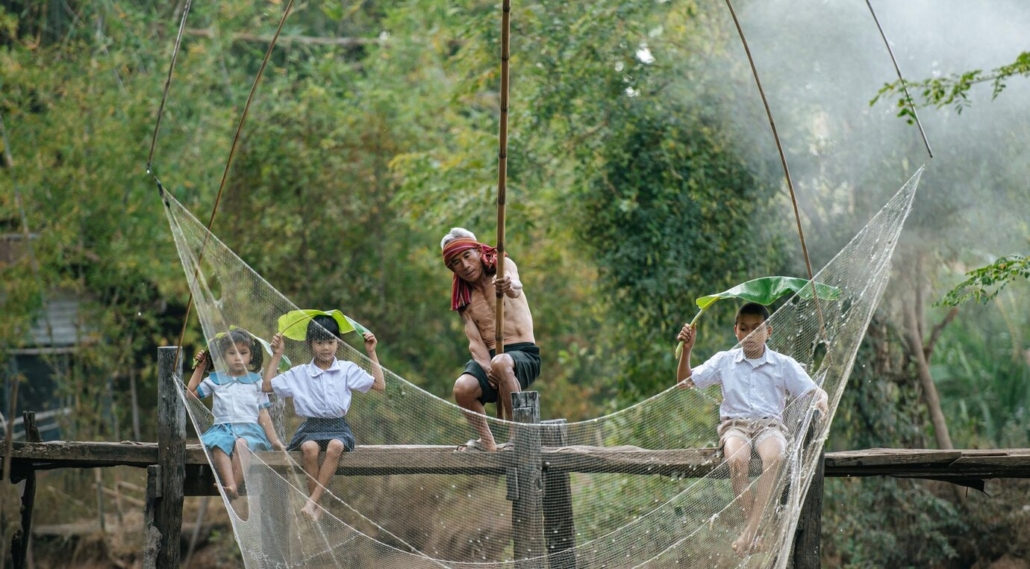
What Makes a Great Sundarban Forest Tour?
Here are key elements that make a Sundarban tour truly memorable:
1. Expert Local Guides.
Look for guides who:
- Are licensed and trained by government or eco-tourism boards.
- Speak multiple languages including English, Hindi, and Bengali.
- Possess deep ecological knowledge of the mangrove biosphere.
- Are adept at spotting wildlife and explaining their behaviors.
A good guide will enhance your chance of seeing saltwater crocodiles, spotted deer, otters, and maybe even the majestic Royal Bengal Tiger from a safe distance.
2. Authentic and Safe Packages
A reliable Sundarban tour booking agency should offer:
- Verified reviews.
- Hygienic and eco-friendly accommodations.
- Licensed boat rides with proper safety gear.
- Small group sizes for personalized experiences.
- Government-approved forest entry permits.
Always verify if the package includes insurance and emergency support. Packages with knowledgeable crew and safety protocols ensure peace of mind throughout your tour.
Best Times and Routes
To make the most of your Sundarbans vacation, timing and route selection are crucial.
Best Time to Visit:
- October to March: Pleasant weather, better wildlife sightings, and vibrant local festivals like Makar Sankranti.
- July to September: Monsoon lovers can witness lush greenery and full river systems, but with fewer boating options due to rain.
Popular Routes:
Most Sundarban forest tour packages start from Godkhali Jetty, the gateway to the delta. Key attractions include:
- Sajnekhali Watch Tower: Ideal for bird watching and spotting wild boars and crocodiles.
- Sudhanyakhali: Known for regular tiger sightings.
- Dobanki Canopy Walk: Elevated walkway offering treetop views of the forest.
- Jharkhali and Pakhiralay: Great for cultural immersion and village life experiences.
Cultural Add-ons to Your Tour
The Sundarbans are not just about wildlife they are also a cradle of unique rural culture. Many high-quality Sundarban tour booking packages include:
- Baul music performances (local folk music)
- Traditional Bengali meals with local fish delicacies
- Village tours to understand daily life, honey collection, and handicrafts
You can even witness Bonbibi rituals, which showcase the locals’ deep respect for forest spirits and their dependence on the mangrove ecosystem.
Tips to Enhance Your Trip
1. Book in Advance
High-demand seasons (November–February) often get fully booked weeks ahead. Early Sundarban tour booking ensures better accommodation and discounted pricing.
2. Pack Smart
Carry light cotton clothes, sunscreen, mosquito repellent, binoculars, and waterproof shoes. Don’t forget your camera every corner of this biosphere is postcard-worthy.
3. Go for Sustainable Options
Choose tour operators that follow eco-tourism practices, such as:
- Using solar-powered boats
- Offering biodegradable toiletries
- Employing local communities
This helps preserve the delicate mangrove ecosystem and supports local livelihoods.
The Role of Technology in Enhancing Your Tour
Modern tech has even reached the mangroves! Many operators now offer:
- GPS-enabled boat tracking for safety
- Digital tour guides for offline use
- Mobile apps for route maps, weather updates, and animal tracking
These features make your journey more interactive and informed, particularly helpful for first-time travelers.
The Final Thoughts
A trip to the Sundarbans isn’t just a vacation; it’s a humbling experience. The quiet of the creeks, the calls of rare birds, and the whispers of the mangrove leaves make you feel deeply connected to nature.
By choosing the right Sundarban forest tour and booking with experienced guides, you not only enjoy your journey to the fullest but also contribute to the conservation and sustainable development of this precious region.
So, whether you’re an adventure enthusiast, wildlife photographer, or a family looking to escape city chaos don’t just visit the Sundarbans. Experience it completely with the help of expert local guides and well-curated tour packages.
With the right Sundarban tour booking, your forest adventure can become one of your most treasured travel memories.
